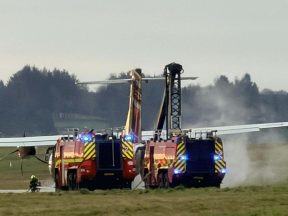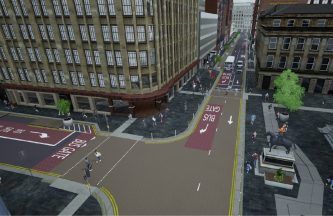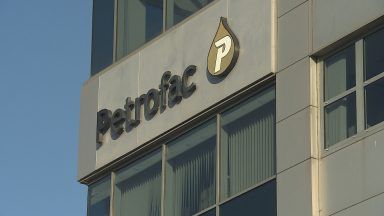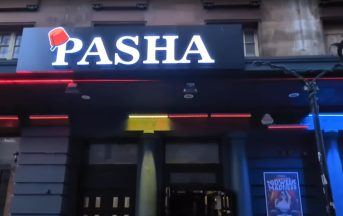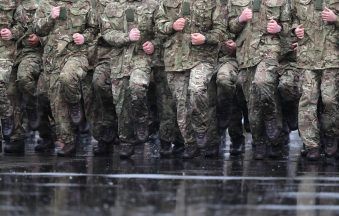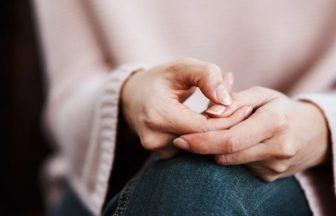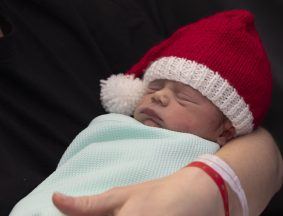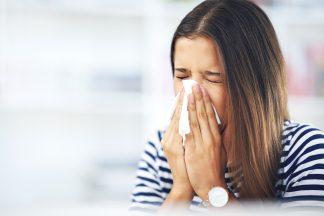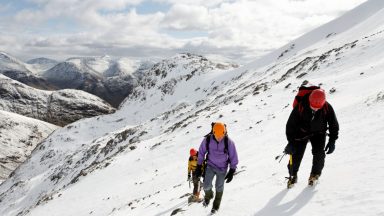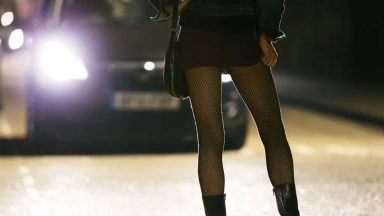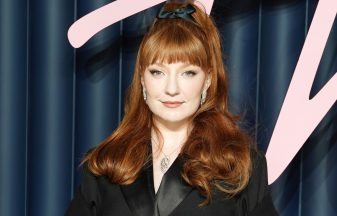All secondary pupils and staff must wear face coverings – in classrooms, corridors and communal areas – when they return to school.
Deputy first minister John Swinney said the updated guidance now applies to S1-S3 pupils – and not just those in the senior phase of their school education (S4-S6) – unless medically exempt.
Phase two of the Scottish Government’s plan to get pupils back into the classroom commences next Monday.
That will see all children in primary school years 4-7 returning on a full-time basis. Primary 1-3 pupils went back on February 22.
Next Monday also sees the start of a phased return for secondary pupils
Speaking at the daily coronavirus briefing, Swinney said: “All staff and secondary school pupils should wear face coverings in classrooms, in communal areas and when moving about the school.
“The guidance also highlights the importance of two metre physical distancing during the phased return.
“We currently expect – subject to our progress in suppressing the virus and to further scientific advice – that all secondary school pupils will return to full-time in-person learning after the Easter holidays”
The UK Government has decided against making face masks mandatory in England due to “pupil anxiety”.
As millions of pupils in England begin to return to class on Monday after months of remote learning, children’s minister Vicky Ford said secondary school pupils should be “strongly encouraged” to wear masks.
But their usage is not mandatory as some will be “anxious and nervous” about wearing them, Ford said.
The UK Department for Education (DfE) is advising secondary school and college students to wear face coverings wherever social distancing cannot be maintained, including in the classroom.
The Association of School and College Leaders (ASCL) is providing members with a template letter that they can use in response to letters some schools have received objecting to the use of face coverings.
The letter says a school’s risk assessment could be undermined, health and safety problems created and there could be insurance ramifications if a high percentage of students choose not to wear face masks.
Meanwhile, Swinney said he is “confident” that the return of younger students to Scotland’s primary schools has not resulted in an increase in coronavirus cases.
He said that infection levels had continued to fall, despite children in nurseries and Primary 1-3 returning to the classroom two weeks ahead of schoolchildren in England.
Swinney, also the education secretary, insisted that earlier return had happened “because we felt that was a safe thing for us to be able to do because of the low prevalence amongst younger children”.
And Scotland’s Chief Medical Officer, Dr Gregor Smith, said since then there had only been “one or two small outbreaks” of coronavirus.
Speaking about the phased return, and the contrast with the approach taken in England, Swinney added: “We judge that to be a sustainable route to take forward.
“We think we have got to exercise caution, we have got to monitor the effect of particular changes we make to make sure there is not a detrimental effect on the spread of the virus.
“As we look at the data just now, with P1 to P3 and early learning having been back since February 22, we can see that there doesn’t appear to be, on the face of it, any damaging effect on the reduction of the prevalence of the virus”.
He added: “We’re obviously seeing continued falls in the number of cases, despite the fact that early learning and childcare and P1 to P3 have been back.
“So I think on data we can be confident that that move has not resulted in any negative impact on virus prevalence.”
Follow STV News on WhatsApp
Scan the QR code on your mobile device for all the latest news from around the country






